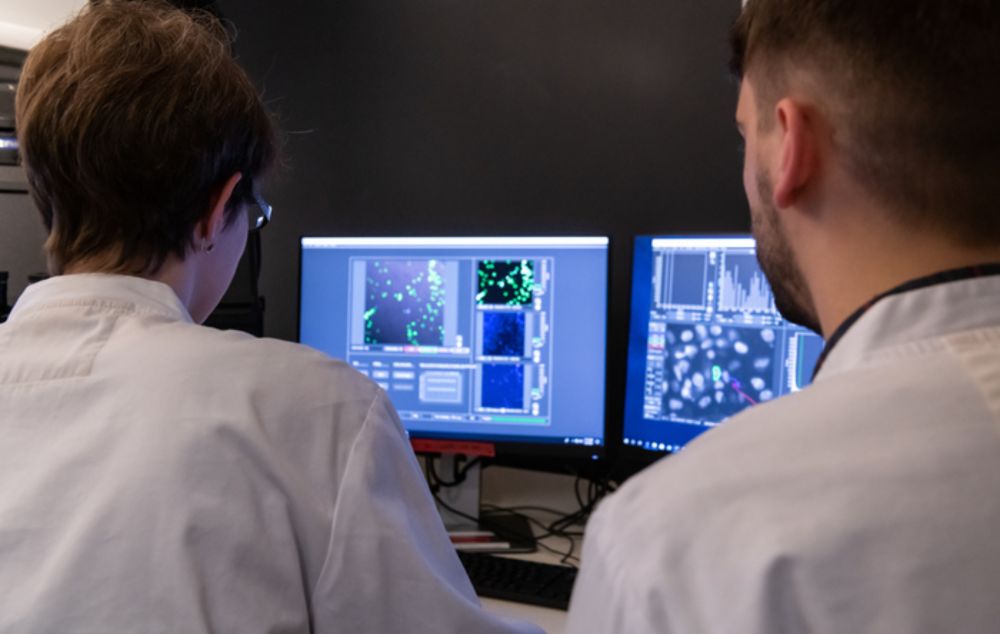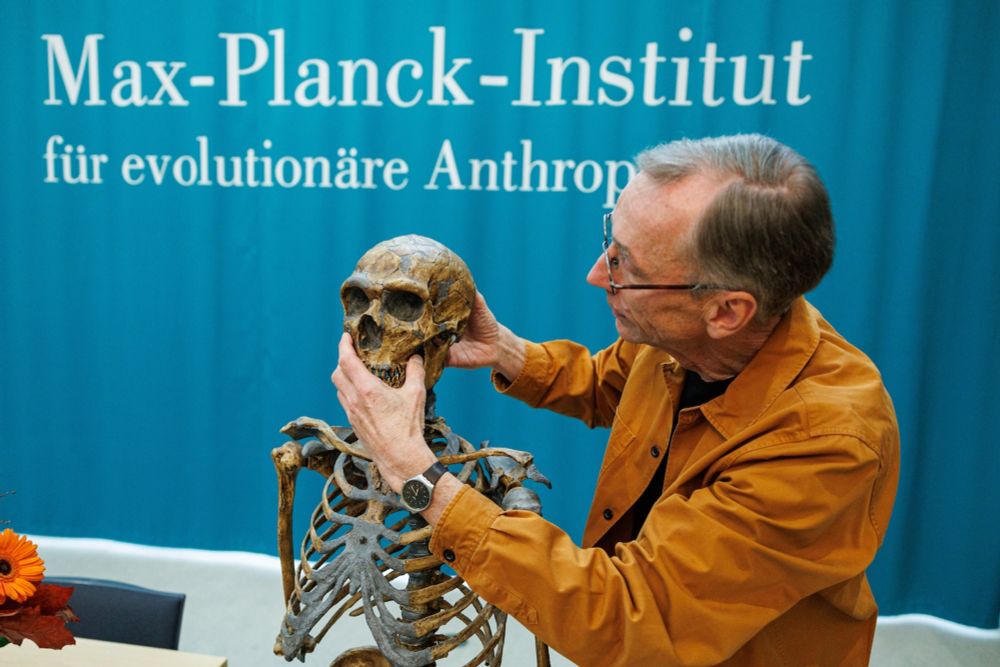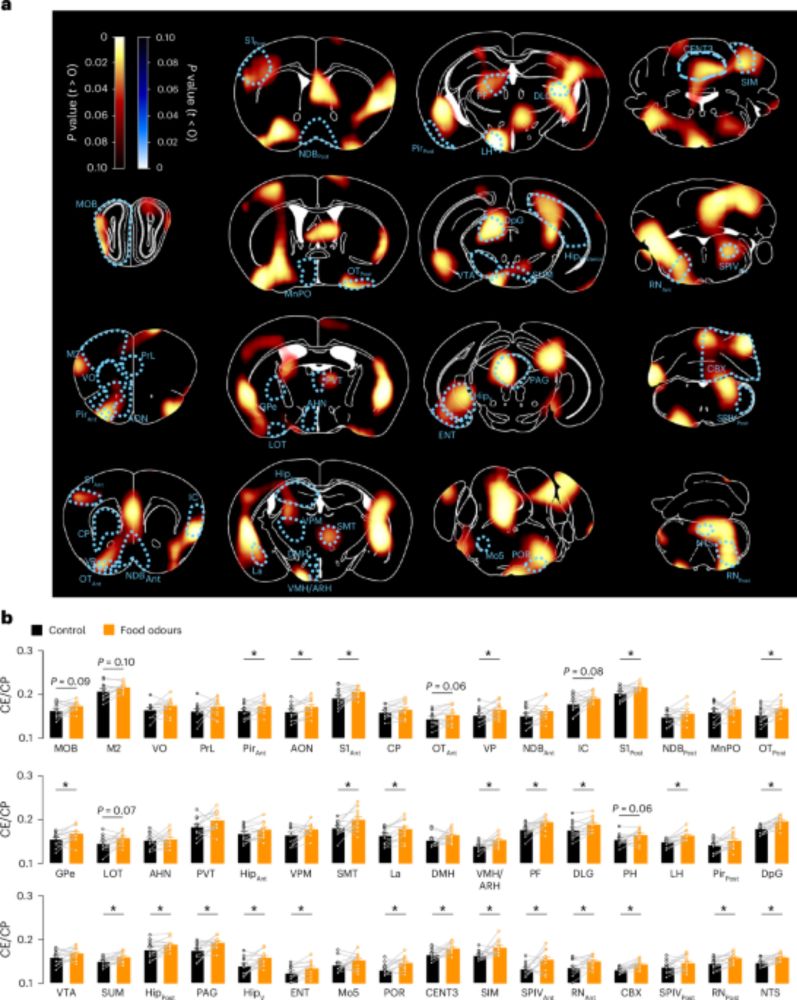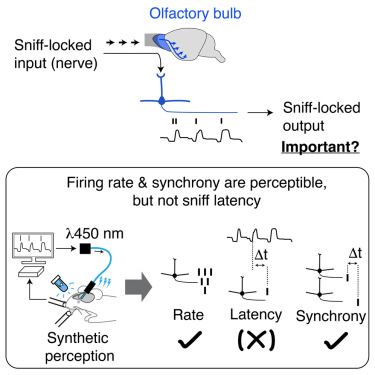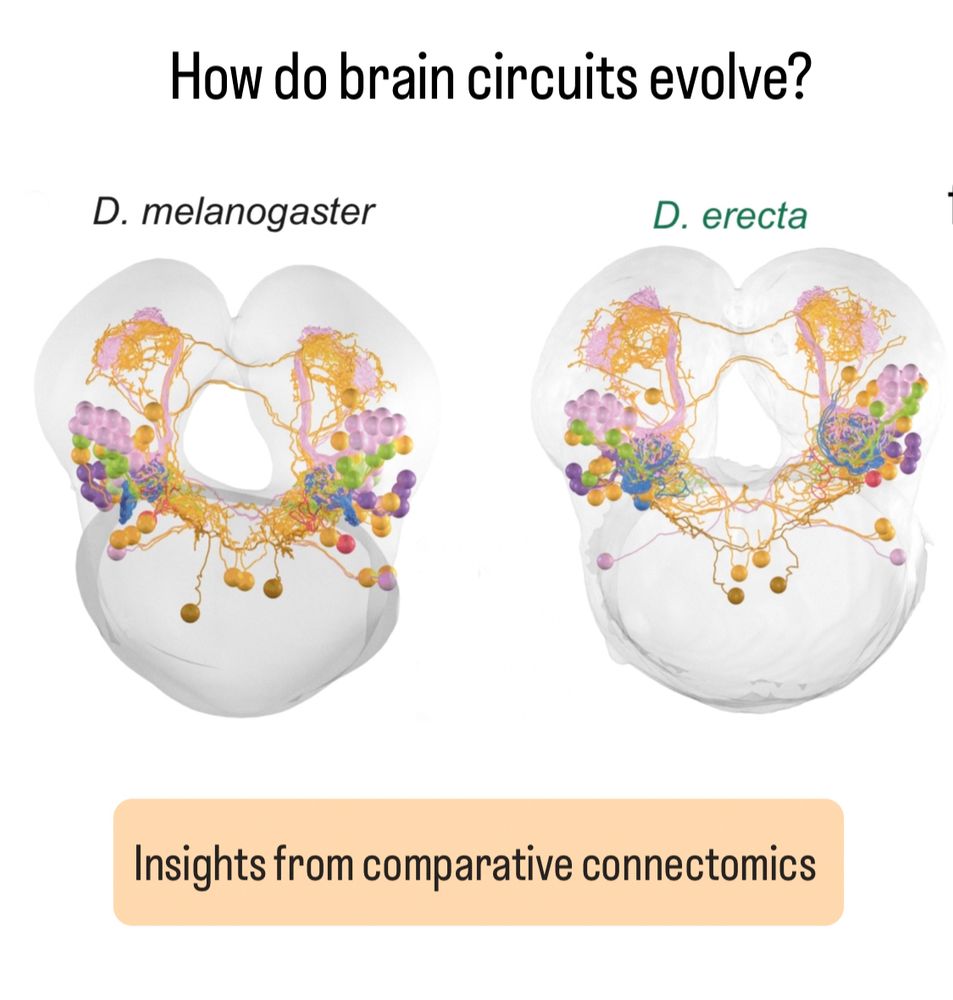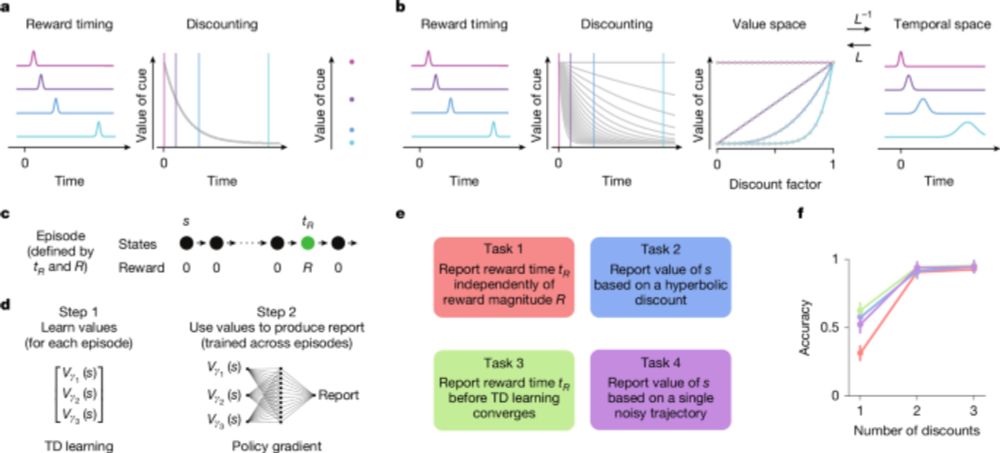Izumi Fukunaga
@ifukunaga.bsky.social
570 followers
390 following
30 posts
Neuroscientist with interests in olfaction, circuits, neurophysiology of behavior, and more. Associate professor at OIST.
Profile: https://www.oist.jp/research/research-units/sbn/izumi-fukunaga
Lab: https://www.oist.jp/research/research-units/sbn
Posts
Media
Videos
Starter Packs
Reposted by Izumi Fukunaga
Reposted by Izumi Fukunaga
Reposted by Izumi Fukunaga
Reposted by Izumi Fukunaga
Izumi Fukunaga
@ifukunaga.bsky.social
· Aug 4
Izumi Fukunaga
@ifukunaga.bsky.social
· Aug 4
Izumi Fukunaga
@ifukunaga.bsky.social
· Aug 4
Izumi Fukunaga
@ifukunaga.bsky.social
· Aug 4
Reposted by Izumi Fukunaga
Reposted by Izumi Fukunaga
James Briscoe
@jamesbriscoe.bsky.social
· Jul 21

Barcoded Rabies In Situ Connectomics for high-throughput reconstruction of neural circuits
Sequencing of oligonucleotide barcodes holds promise as a high-throughput approach for reconstructing synaptic connectivity at scale. Rabies viruses can act as a vehicle for barcode transmission, than...
www.biorxiv.org
Izumi Fukunaga
@ifukunaga.bsky.social
· Jun 13
Izumi Fukunaga
@ifukunaga.bsky.social
· Jun 13
Izumi Fukunaga
@ifukunaga.bsky.social
· Jun 13
Izumi Fukunaga
@ifukunaga.bsky.social
· Jun 13
Izumi Fukunaga
@ifukunaga.bsky.social
· Jun 13
Reposted by Izumi Fukunaga

